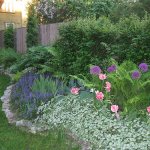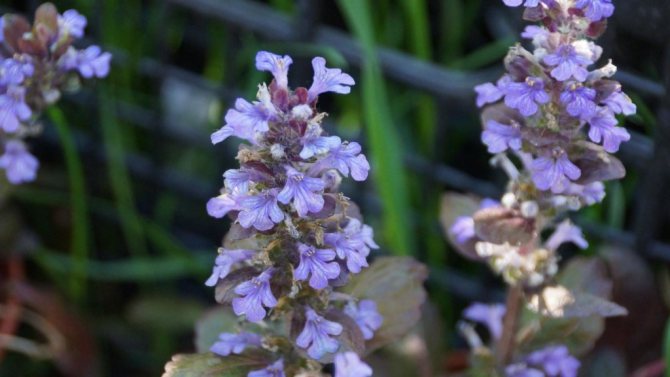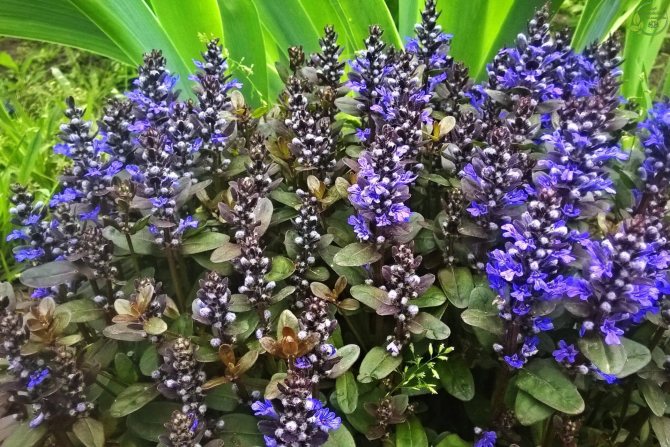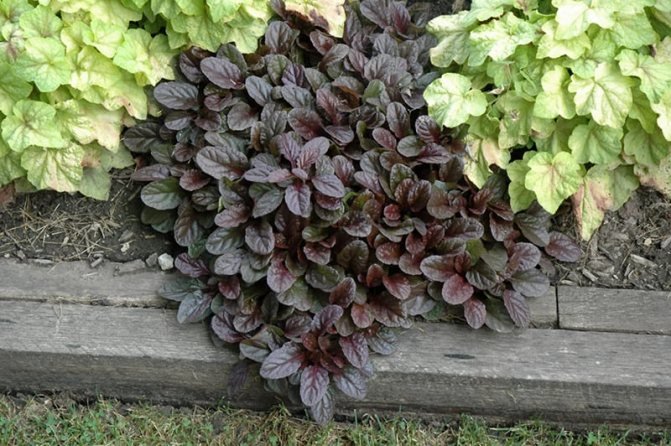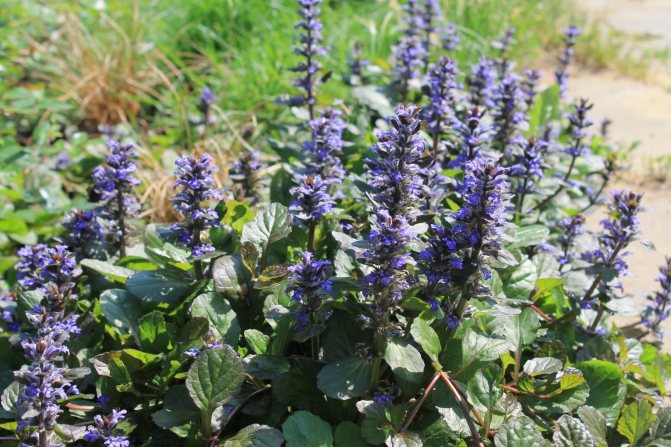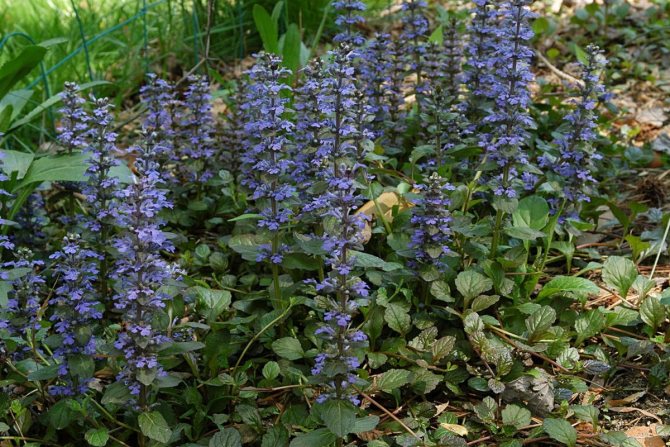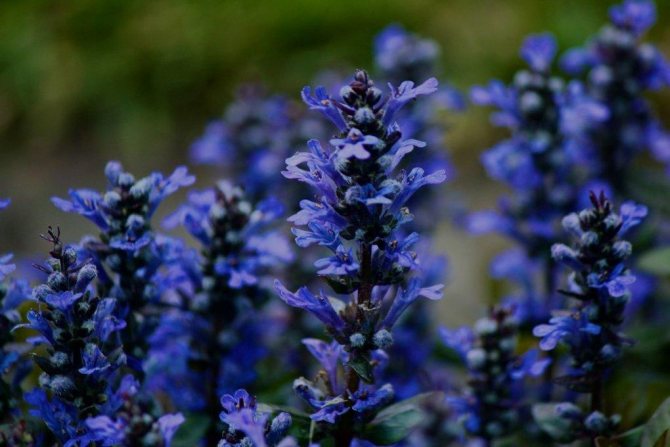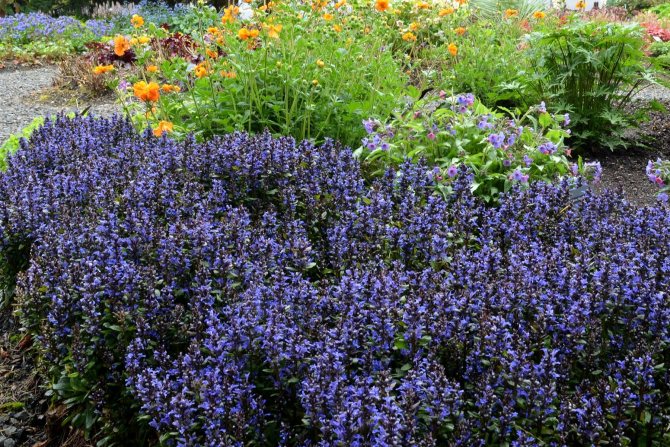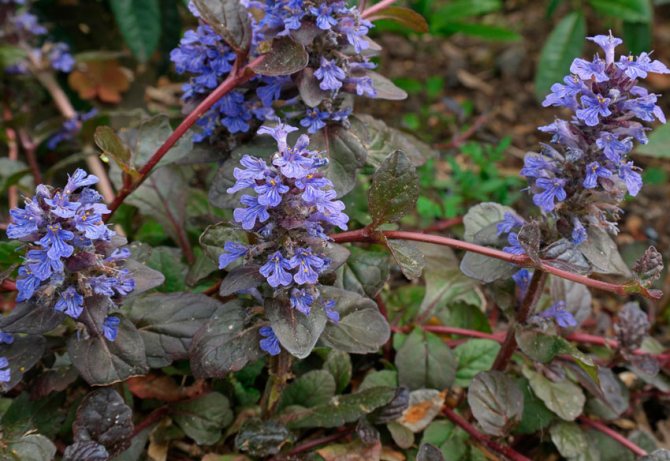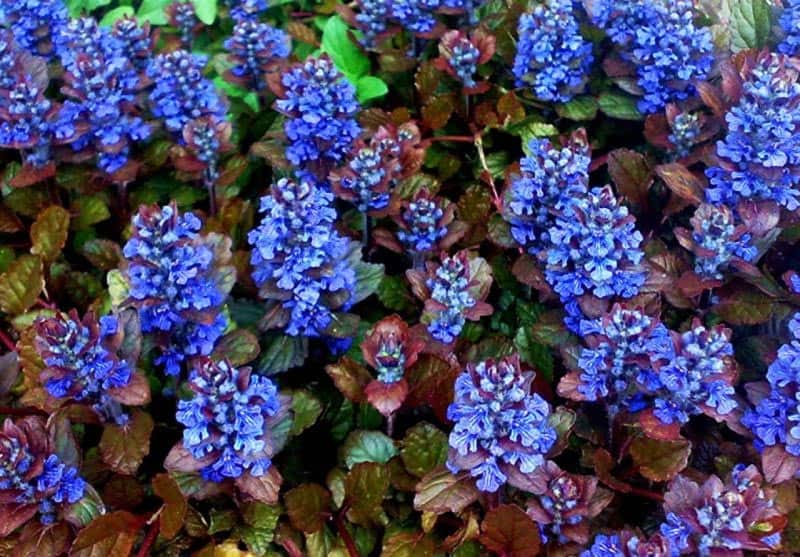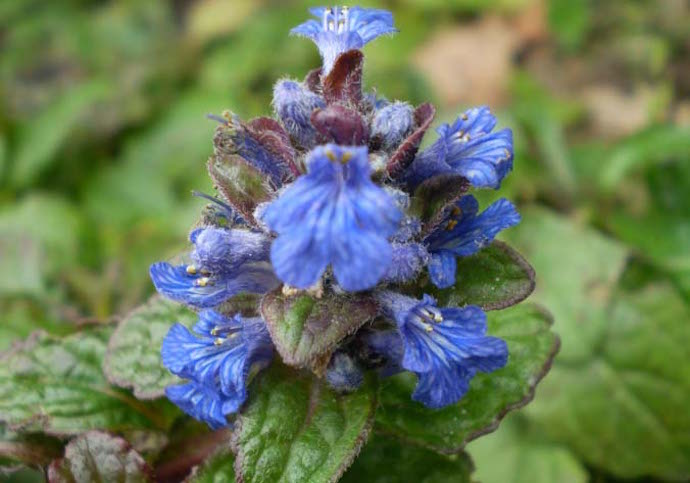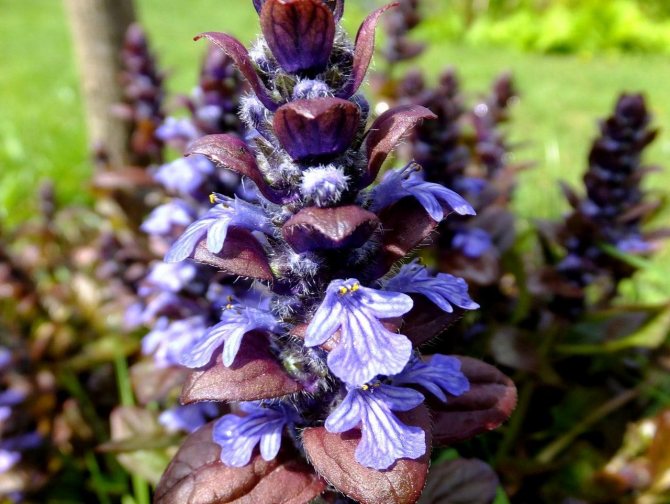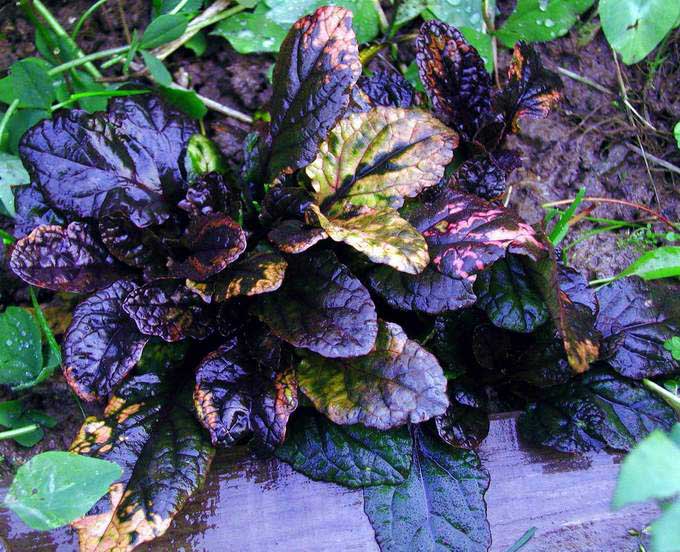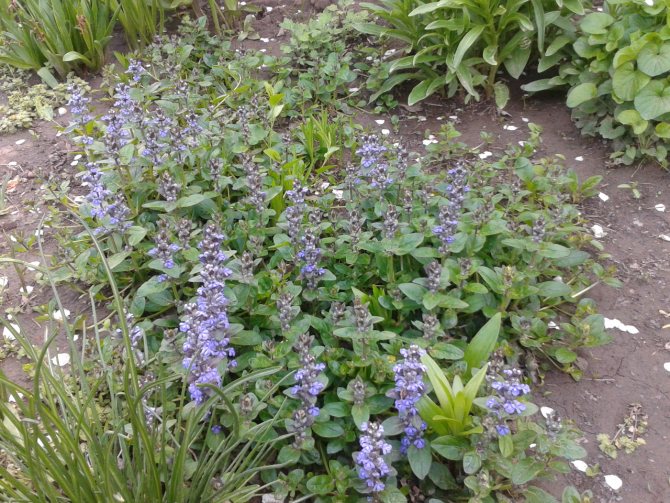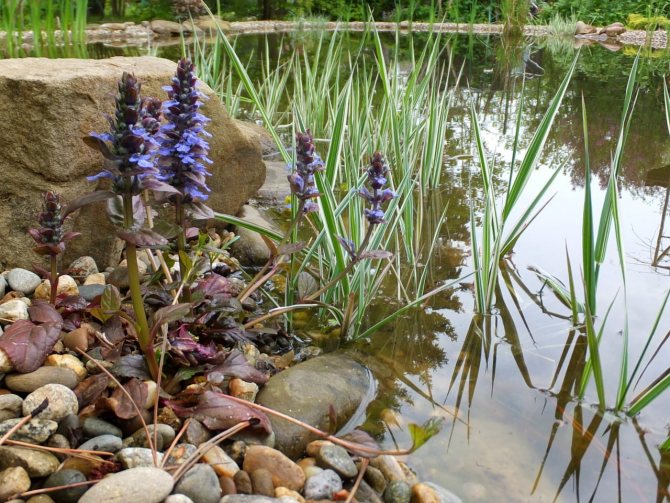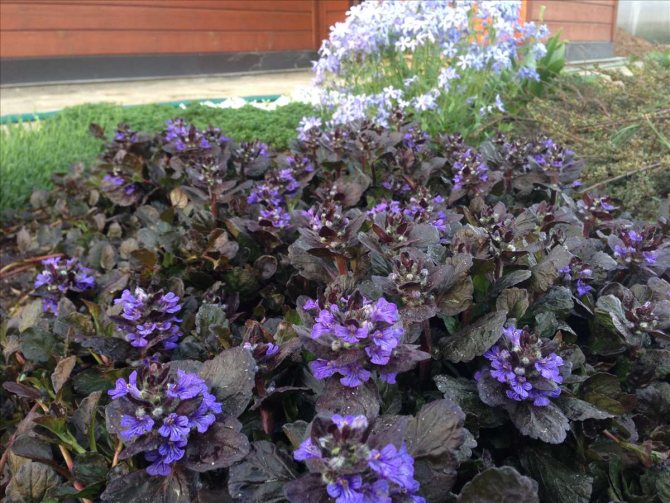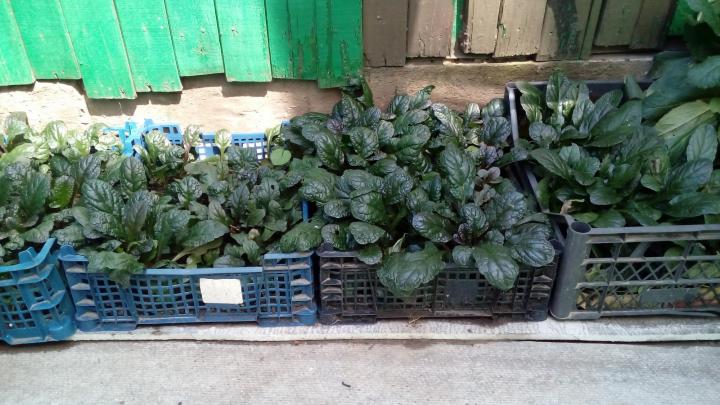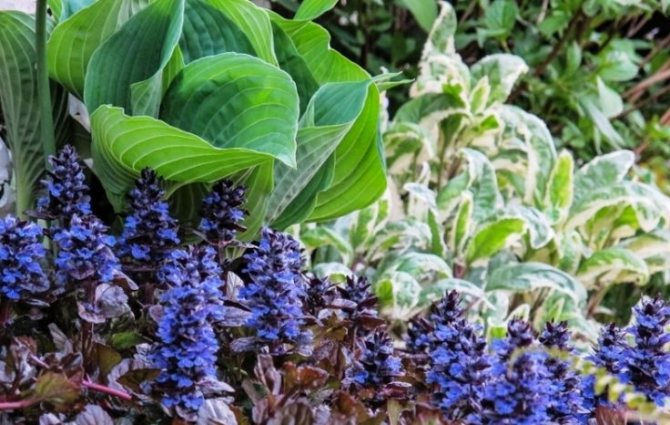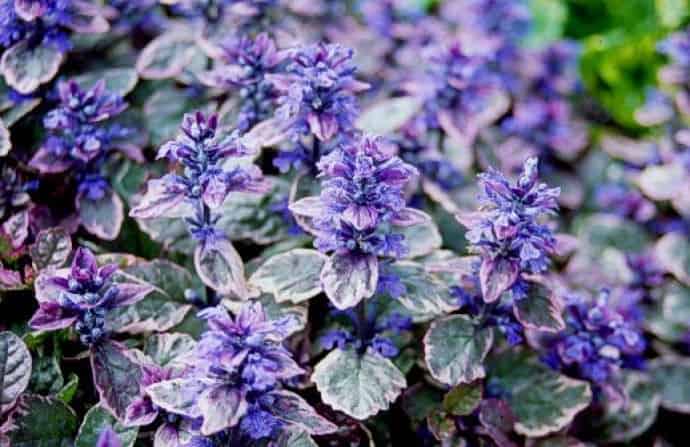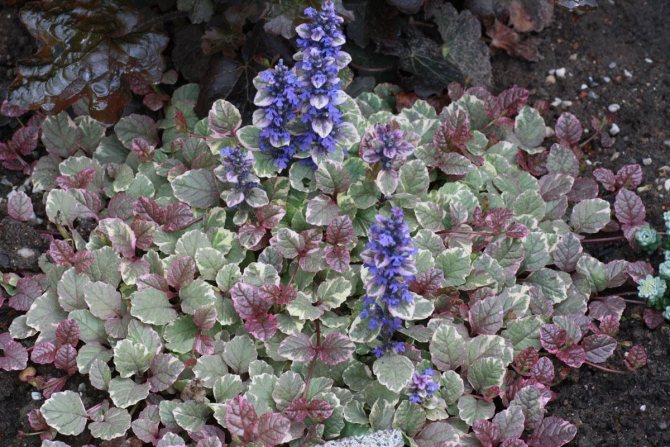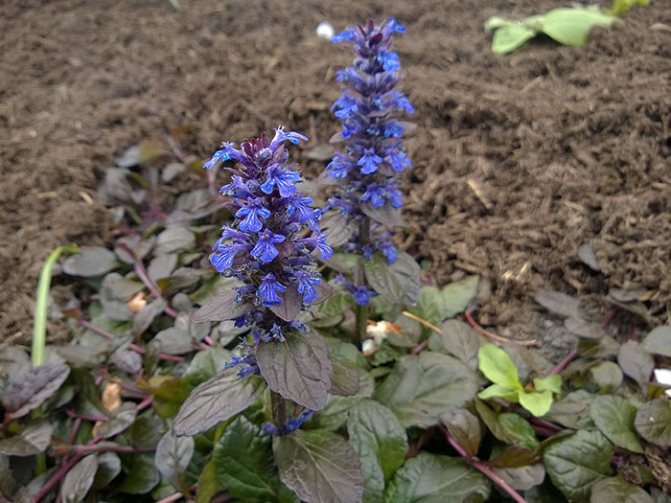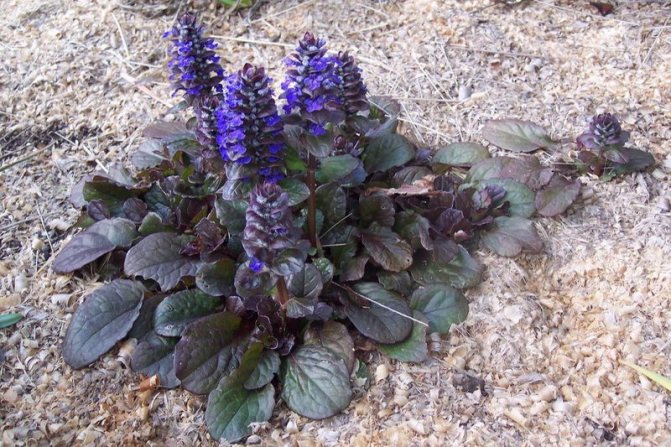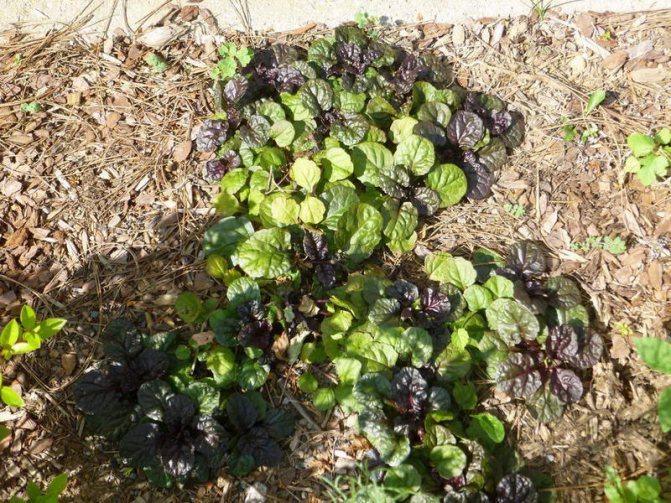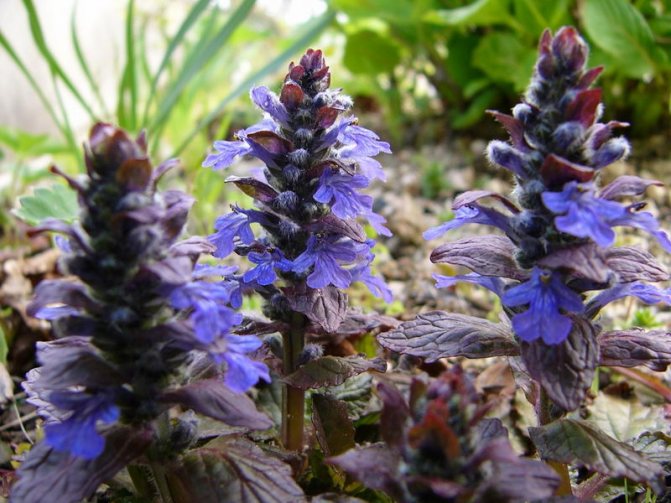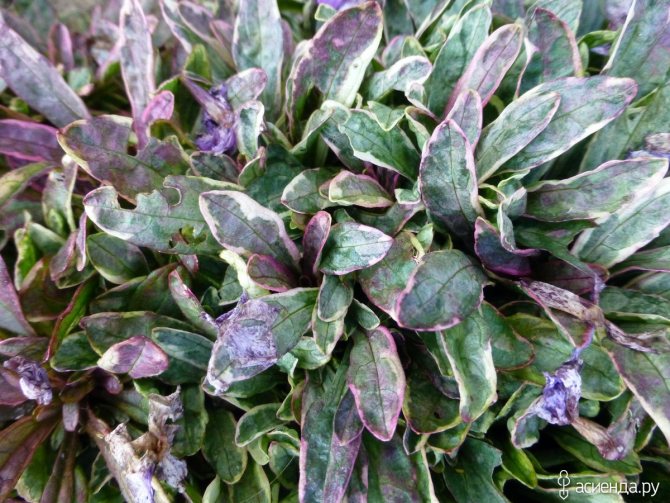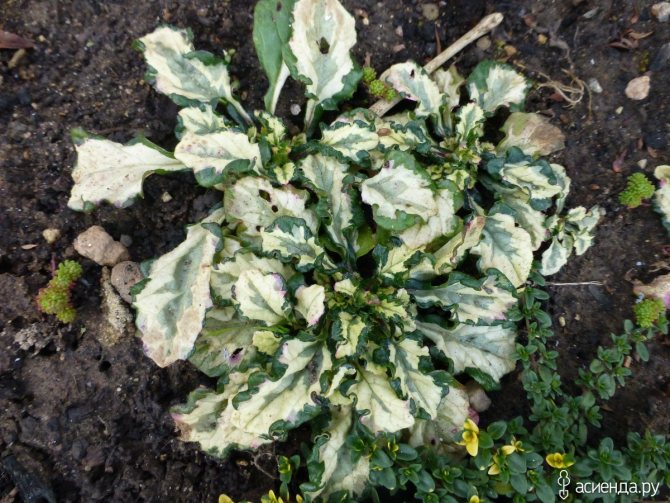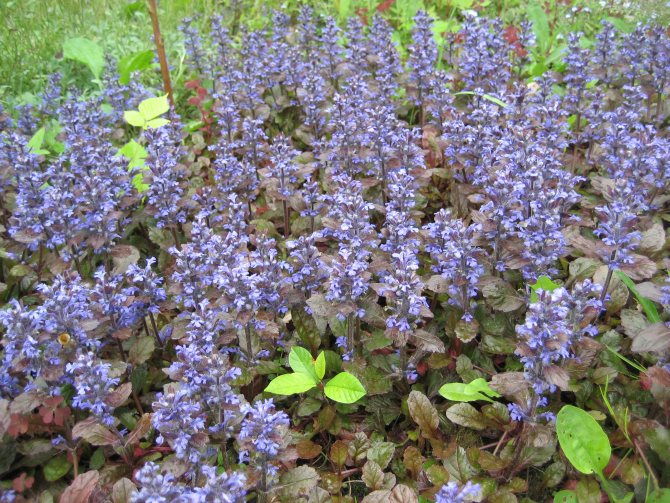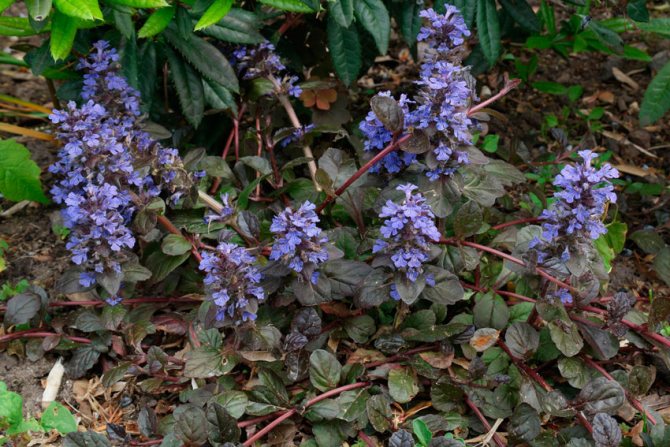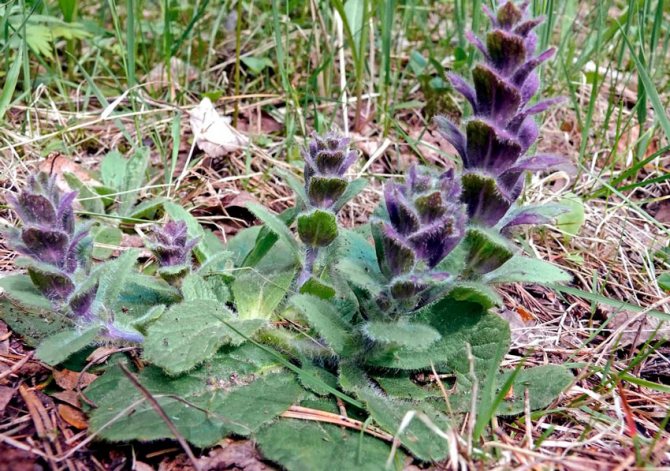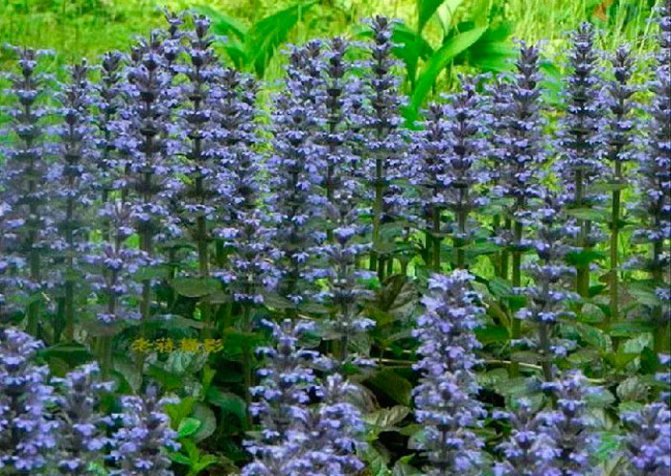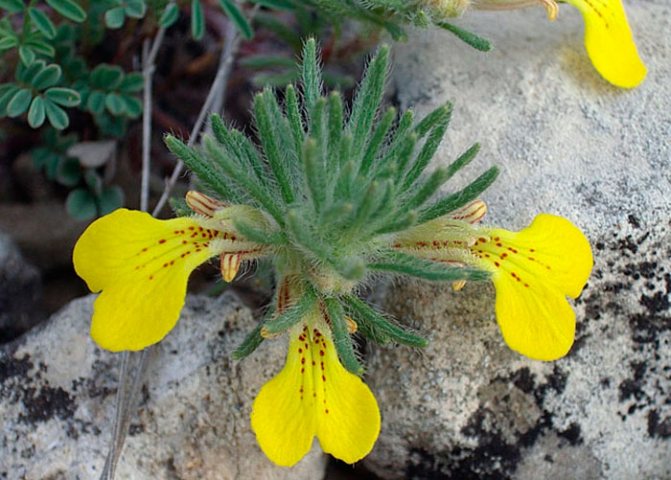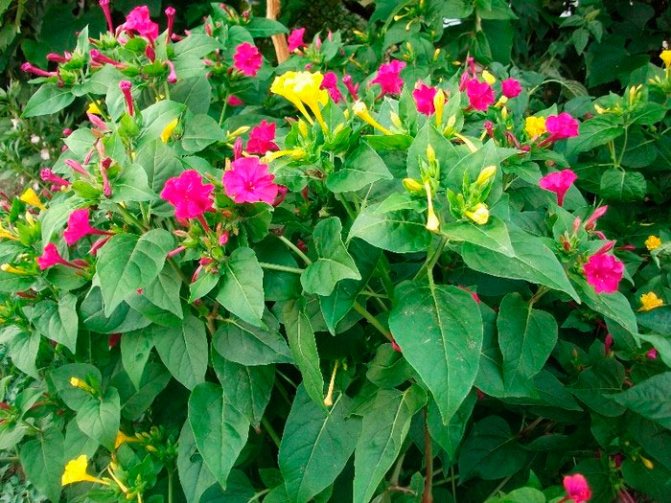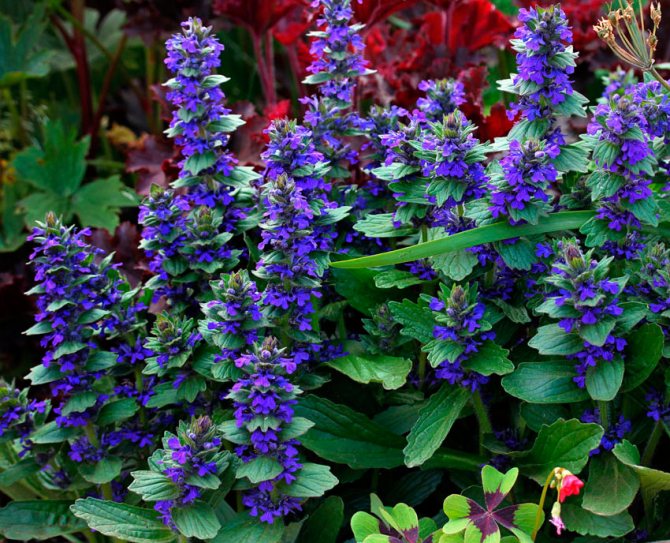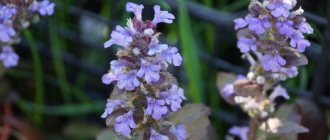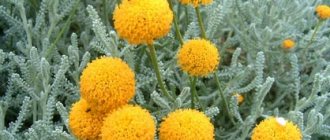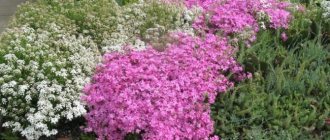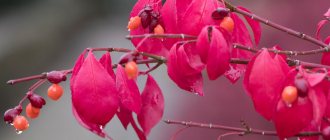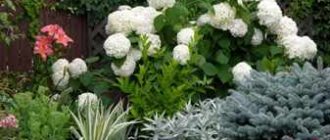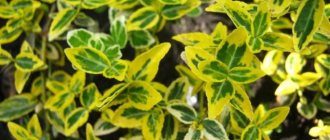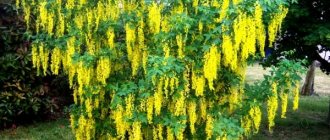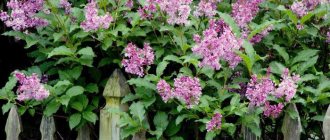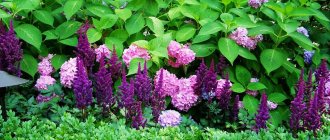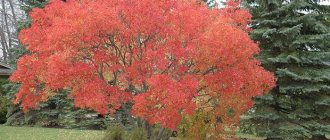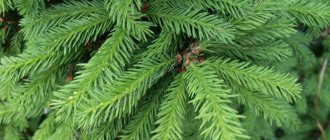The cultivation of perennial types of ground cover plants with beautiful leaves is very popular with florists. They are very convenient for replacing lawn grasses in places that are difficult to mow. The article will discuss how to plant and provide proper care in the open field to various varieties of creeping tenacious, which has a reputation as a very unpretentious plant. Here you can see photos of the varieties.
Description of the plant tenacious
Ayuga can be either an annual or a perennial plant. Depending on the species, the height of the vivuchka varies from 5 to 50 cm. Neumirashka is a very attractive plant with blue, blue, purple or yellow flowers and leaves of various shades. The tenacious is evergreen, semi-evergreen or deciduous.
Ayuga became popular among flower growers in the 17th century. It was first presented at a flower show in London. Then, gradually, an unpretentious plant appeared in gardens and flower beds around the world. The tenacious can be seen in rock gardens, along garden paths, under the crowns of trees and bushes. A beautiful natural carpet made from this plant can beautify any landscape in various climatic zones.
The combination of tenacity in the garden with other cultures. Known plant diseases and pests
Growing rapidly, the tenaciousness can oppress its neighbors. Therefore, its combination with other plants must be approached competently. Low, creeping crops will not work here.
Hosts, ferns, geraniums do not suffer from the neighborhood. The combination of various varieties of tenacious ones in one flowerbed looks great. Thus, you can create an all-season multi-colored carpet. Designers recommend growing the plant as a curb along the paths, as well as an ampel plant in hanging flowerpots.
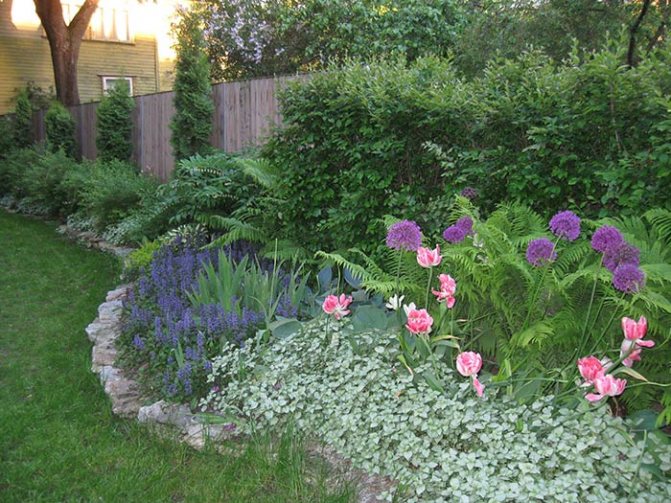
Tenaciousness in landscape design
Due to the presence of special substances in the composition of the juice, the tenacious practically does not get sick. However, when the soil is waterlogged, rot can develop. Of the pests that can attack a plant, slugs can be noted. They damage leaves, stems and flowers. To stop their increased reproduction, they resort to using special chemicals.
Tenacious is a plant that can quickly decorate the desired area in the garden. She requires minimal care, so absolutely anyone, even an inexperienced florist, can cope with its cultivation.
Growing a tenacious plant from seeds
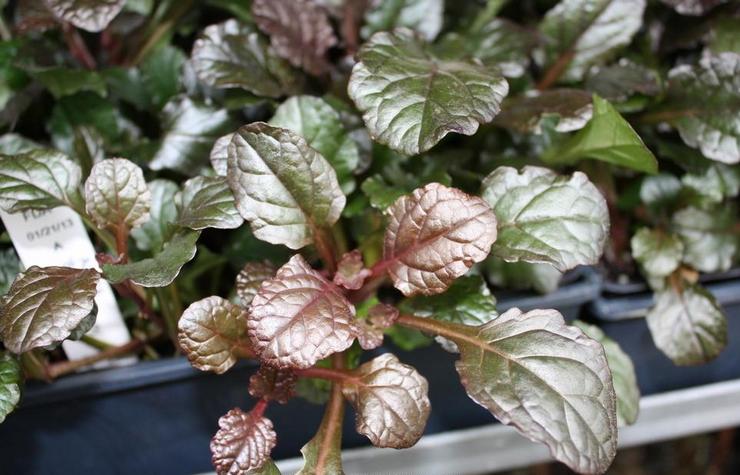

Buying seeds and growing a plant yourself is not at all difficult. But, you need to know that with this method of reproduction, the plant does not always inherit the characteristics of the variety from which the seeds were taken. The color of inflorescences and leaves may differ from that of an adult plant.
There is no need to grow tenacious seedlings in boxes. Seeds are sown in open ground when the threat of frost has passed. Sowing can be done in the fall. With the onset of warmth, seedlings will appear, which are usually stronger and more resilient than those sown in spring.
Ayuga seeds can not only be bought in a specialized store, but also collected by yourself. Store them in a cool dry place.
The tenacious can multiply by self-seeding. But, in this case, a completely different variety will appear on the flowerbed.To avoid the extermination of the desired Ayuga variety, it is necessary to pluck the peduncles in time, which have already faded.
How to properly plant and care for a plant in the garden
Planting a survivor in the open field presents absolutely no difficulties. The name of this plant speaks for itself. It is able to survive in almost any conditions. All varieties grow and develop well both in the sun and in the shade, so a place can be found anywhere in the garden.
All varieties of tenacious are also undemanding to the composition of the soil. Bushes feel great when grown both on light soils and on heavy ones. If we talk about the right time for planting, then this can be done in spring, summer and autumn, that is, throughout the season.
The very procedure for planting the tenacious goes like this:
- The bush, which is in a temporary container for sale, is well watered.
- Together with a lump of earth, the roots are carefully removed.
- The plant is planted in a suitable well in size.
- The remaining free space is covered with earth.
- Tamp down the landing a bit.
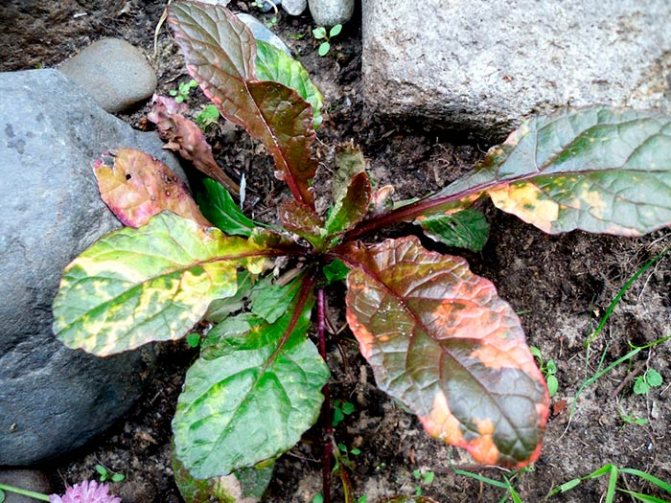

It is important to provide the tenacious with regular watering.
Caring for the survivor is also simple. The main thing is to ensure frequent watering. Moreover, in hot periods it is better to do it with cool water. For purely aesthetic purposes, wilted flower stalks and dried leaves should be removed.
Advice. The plant's frost resistance is high, but it is better to cover areas with tenacious grass or spruce branches for the winter. This will allow them to survive the snow-free winters well.
Care for a tenacious plant in the open field
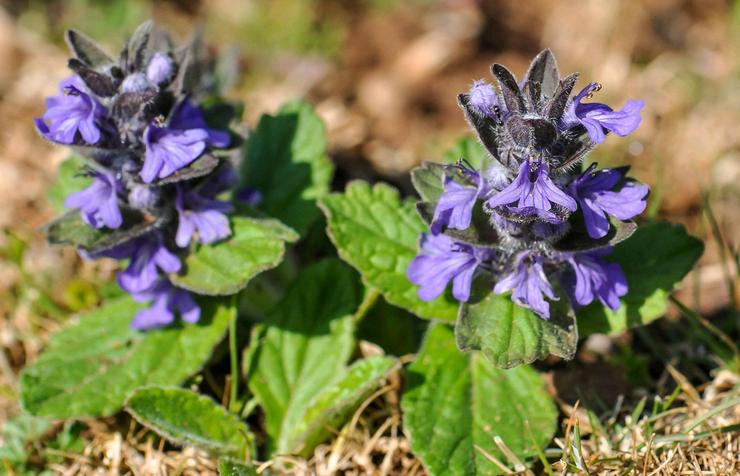

As mentioned earlier, growing and caring for this plant does not pose any problem even for novice florists. But there are a number of conditions under which the tenacious will look healthy and will not lose its decorative appearance.
Location and lighting
The tenacious prefers semi-shady areas. She feels great under the crowns of trees or under rose bushes. Withstands Ayuga and the scorching rays of the sun. It can grow along paths and on rock gardens among stones.
The soil
Ayuga loves loamy soils that are rich in humus. This does not mean at all that the plant will not grow in a sandy area. It's just that in dry weather, the Ayuga needs to be watered occasionally. It can withstand prolonged droughts, but without watering it can lose its decorative effect.
Top dressing and fertilizers
The tenacious grows on the poorest soils. She is able to survive in any conditions. But, if you want the plant to look healthy and beautiful, you need to feed the flowers once or twice a month. You can use any universal fertilizer or peat oxidate. Ayuga does not require expensive feeding.
Tenacious after flowering
To make the plant look attractive, it is necessary to regularly remove the fading flower stalks. This is a bit of a tedious process, but the result will not be long in coming and the tenacious will become a worthy decoration of the landscape.
Ayuga wintering
When the winter is snowy, the tenacious survivor perfectly tolerates even the most terrible frosts. But, if there is no snow cover, the plant needs additional protection. Ayuga can be covered with spruce branches, dry fallen leaves or spunbond. In no case should a plastic film be used as a covering material. The plant under it will suffocate and die.
When and how it blooms
The tenacious flower has the following structure:
- inflorescence - ear;
- type of flowers - two-lipped;
- location - in the axils of the leaves, collected in 6-8 pieces;
- cup length - 7 mm;
- corolla shape - bell-shaped;
- upper petals - short two-lobed lip;
- lower petals - long three-lobed lip;
- rim length - up to 17 mm;
- completely pubescent outside;
- coloration: blue, light blue, shades of violet, pink, cream, yellow.
After flowering, the petals do not fall off, but remain with the fruits, but already in a dried form.
Important! Flowering begins in early May and lasts until the end of June. There are species and varieties with a longer flowering period.
The flowers of the tenacious are not decorative, therefore, no special care is required during flowering. Some gardeners deliberately cut off the flower stalks to make the carpet look more elegant, and cutting off the inflorescences is required during the ripening of the seed boxes so that the tenacious does not thicken and outlive itself.
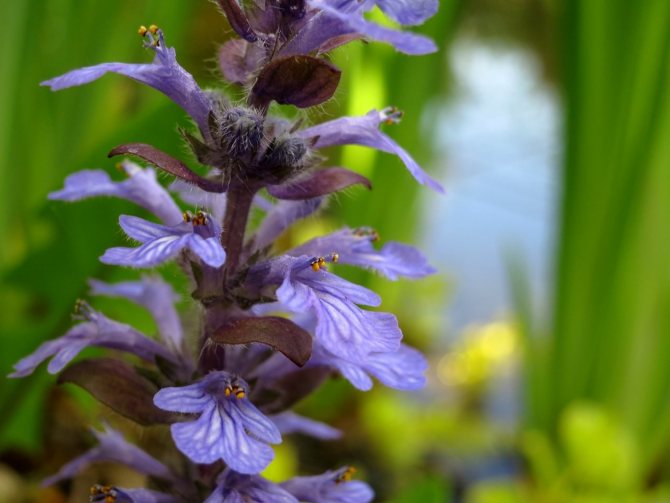

What does a tenacious flower look like
Features of growing a tenacious
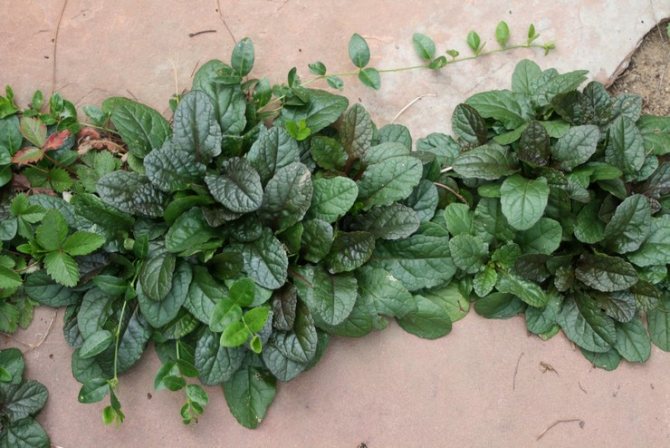

The tenacious is capable of expanding and capturing new territory. It can drown out other low-growing plants. In order not to allow the "invader" to go beyond the allotted territory, you can lay out the borders with pebbles. The stones should be slightly deepened into the soil, then the Ayuga will not grow further than it is allowed to.
A very good way to curb the growth of the tenacious and keep slugs out of it is to pour paths of gravel or rubble around the plant. Ayuga is not susceptible to diseases and pests, with the exception of slugs that appear during high humidity. These pests destroy the delicate leaves of the Ayuga.
Reproduction of the tenacious
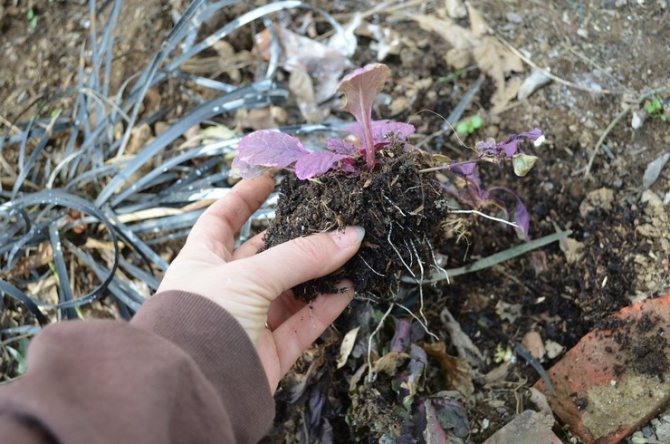

You can grow a tenacious animal in different ways: seed or vegetative. We wrote about the seed method above, so we will consider the vegetative method of reproduction.
The tenacious grows quickly. In order for it to grow well and have enough space, it is necessary to separate the sockets of an adult plant once a year or two years. It is worth doing this in early spring or mid-September. It is important that the separated outlet has a spine.
The tenacious plant is mainly a creeping plant, therefore, the distance between seedlings should not be small: 25-30 cm.
After planting a young plant, it must be watered. Regular watering is required for the tenacious before it takes root. Then Ayuga feels comfortable in any weather. Only during periods of drought or abnormal heat does the plant need to be watered occasionally.
Types and varieties of tenacious
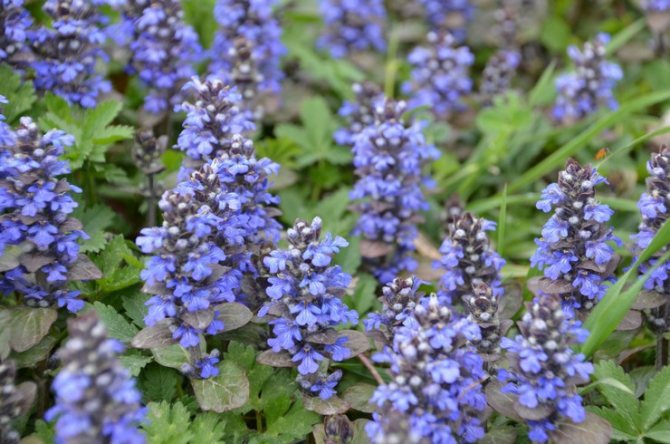

Several types of Ayuga have been bred by breeders, which are perfect for landscape design.
Creeping insect (Ajuga reptans)
This plant grows in forests and meadows. It is a perennial with rooting creeping shoots. The stem reaches 25 cm in height. It is covered with soft hairs. The flowers are like bells with a pubescent calyx. They form a spike-shaped inflorescence of blue or light blue color. It blooms for three weeks. Ayuga leaves are as attractive as flowers. They grow abundantly and form a lush carpet.
The most common varieties of creeping tenacious are:
- Arctic Snow Is a relatively new variety. Plants with spatulate, dark green, wrinkled-corrugated leaves up to 10 cm long have a wide ash strip in the middle. Outlined with a white rim around the edges.
- Black Skallop - a plant with leaves of deep purple color. The edges of the foliage are uneven. They resemble scallops in shape. Plants of this variety may differ in shade. The color depends on where the tenacious grows. If it grows in a sunny place, then the color will be deeper and more saturated;
- Chocolite Chip - a low plant. It reaches a maximum of 5 cm in height. The leaves of this variety are small and smooth. They can be of two colors at the same time: dark green and purple. Chocolite Chip feels great in shaded areas;
- Multicolor Is a very attractive plant. The color of the leaves of this variety's tenacious changes depending on the lighting. In bright light, the leaves take on a bright purple color with yellow-orange and scarlet blotches. If the plant is planted in the shade, the leaves will turn dark green with yellow and pink patches.
Ayuga pyramidal (Ajuga pyramidalis, Ajuga occidentalis)
In the wild, this species grows in Europe. It usually grows among bushes and on rocks.Bushes grow up to 25 cm in height. The leaves are oval and jagged at the edges. The surface of the sheet plates is covered with pile. The flowers of the pyramidal tenacious are white, pink or deep purple.
Popular varieties are:
- Lunar Landing - a controversial variety that either likes or disgusts. It has yellow flowers.
- Crisp - variety with large green leaves and blue flowers.
- Metallica Crisp - undersized variety. Plant height no more than 5 cm. It has attractive green leaves with a metallic sheen.
Ayuga genevensis
A species that is ideal for growers who have absolutely no free time. This plant is attractive in that it does not spread throughout the entire territory. Florists do not need to come up with restraints that will keep the indomitable tenacity in the place reserved for it.
The tenacious geneva has white, blue or pink flowers that bloom from May to July.
Some cultivated varieties of tenacious are grown for the sake of a pleasant smell or medicinal properties.
Herringbone Ayuga (Ajuga chamaecyparissus)
This species is an annual. It reaches a height of 6-7 cm. The leaves resemble cones in their appearance. The flowers are yellow and give off a pleasant coniferous aroma. The herringbone tenacious, grown on the site, will create an imitation of being in a pine forest.
The tenacious of this species blooms for a very long time: from mid-spring to the first frost.
Ayuga chia
This species grows in the Caucasus, Asia Minor, Iran and is a perennial plant. It reaches a height of 20 cm. The stems grow straight, branching out at the base. They are covered with white hair. Flowers are yellow with purple splashes. Chio's tenacious have wound-healing properties.
Ayuga Turkestan (Ajuga turkestanica)
Natural growing areas are Tajikistan and Uzbekistan. Its appearance resembles a low bush. The zhivuchka has brown leaves. Her flowers are bright red. Extracts from shoots of this type have medicinal properties. They are used to create wound-healing preparations. The useful properties of the Turkestan tenacious are being studied. The areas where its application is possible are gradually expanding.
What does a creeping tenacious look like, which family it belongs to
Tenacious creeping or Ayuga (Ajuga Reptans) is a ground cover primrose, a creeping perennial herb of the Labiate or Lamb family.
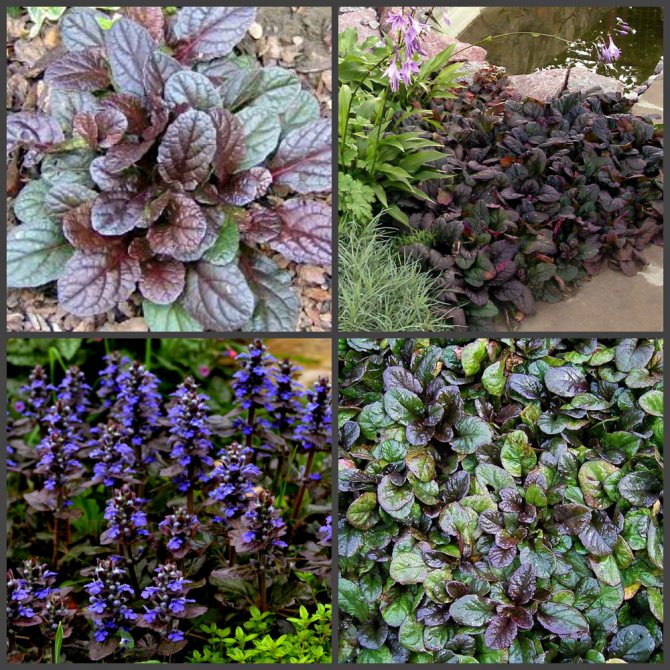

Decorative tenacity in its foliage
The tenacious animal has the ability to survive in light frosts, gives a large number of side shoots. The thin stems are like strawberry whiskers. It has several apical rosettes, with which it easily clings to the ground cover layer, thereby multiplying. Over time, the tenacious fills large spaces on the soil, which makes it seem like a carpet.
The root system is fibrous. Leaves of light green shades, ovate-lanceolate, with a carved or even edge.
Interesting! The flowers of the tenacious do not deserve as much attention as the foliage and stem part. They are inconspicuous, small, located on a long peduncle. The arrangement is whorled, reminiscent of a spikelet. Colors from dark blue to light blue.
Tenacious is widespread in all countries. Perhaps, it does not grow only at the North Pole. A lover of wet meadows, forests can easily tolerate dry places, rocky slopes, hills.
The plant is appreciated by gardeners for its ground cover ability, thanks to which it is used in landscape design for decorating alpine slides. In addition, the flower is actively used by traditional healers. Ayuga possesses:
- bactericidal property;
- anti-inflammatory;
- hemostatic and hematopoietic;
- diuretic and diaphoretic;
- antiseptic and wound healing.
Due to these features of the chemical composition, the tenacious helps with some diseases:
- pulmonary tuberculosis;
- bloody diarrhea;
- inflammation of the uterus;
- stomach ulcer;
- colds and flu;
- bronchitis.
The plant can be used externally for rinsing with angina, wraps for burns and frostbite, for cosmetic purposes for the skin and hair, for purulent wounds.
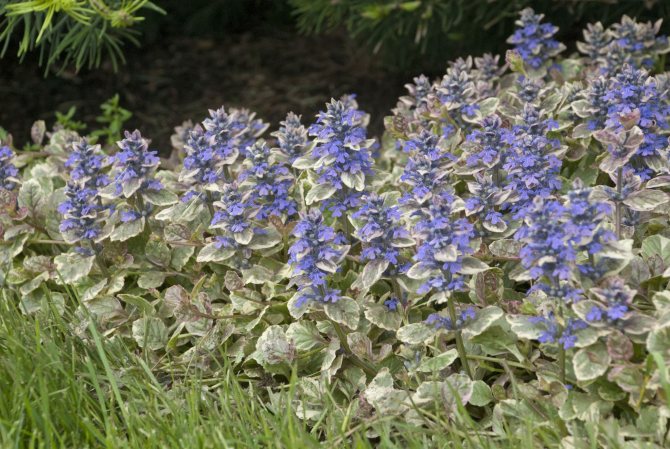

Tenacious Burgundy Glow

